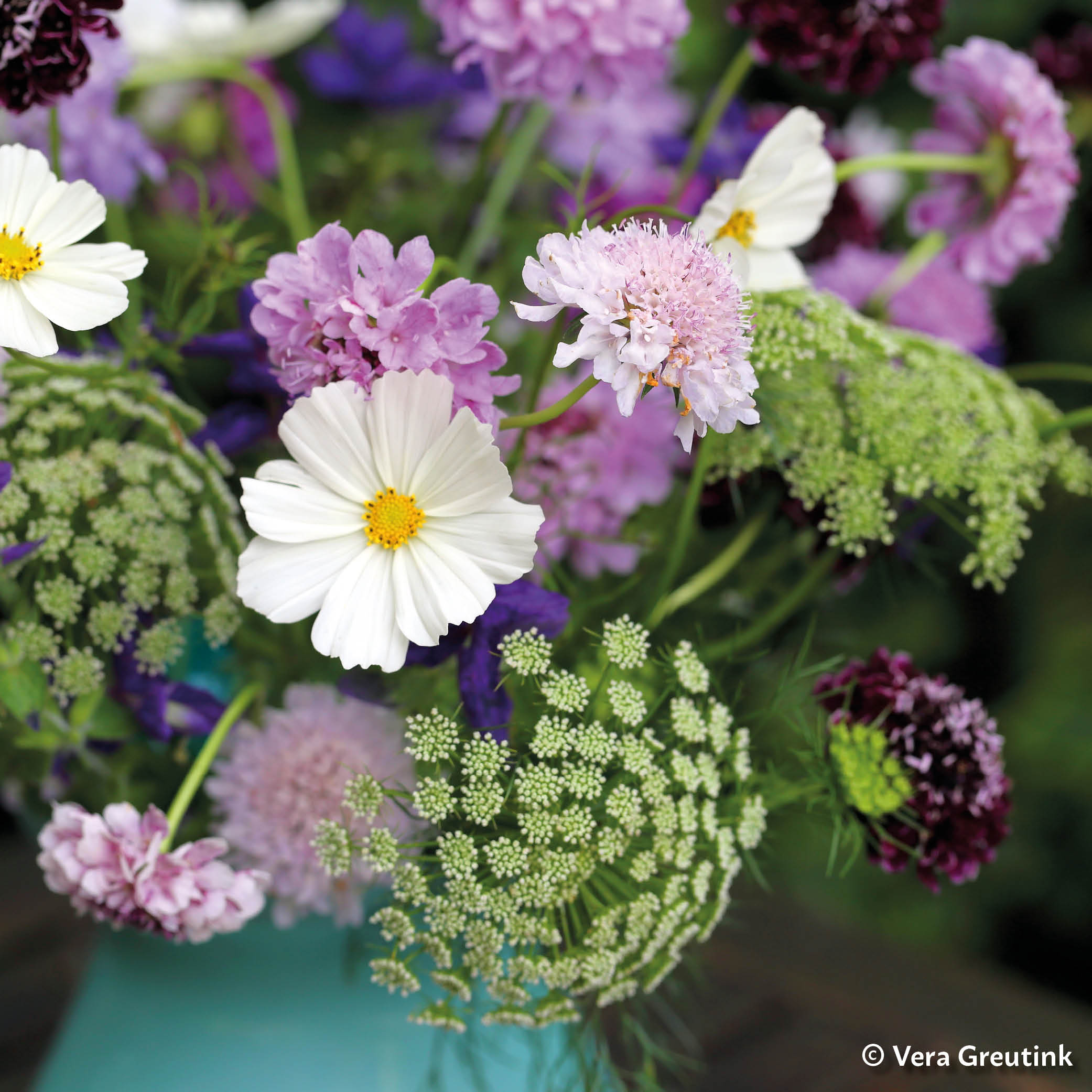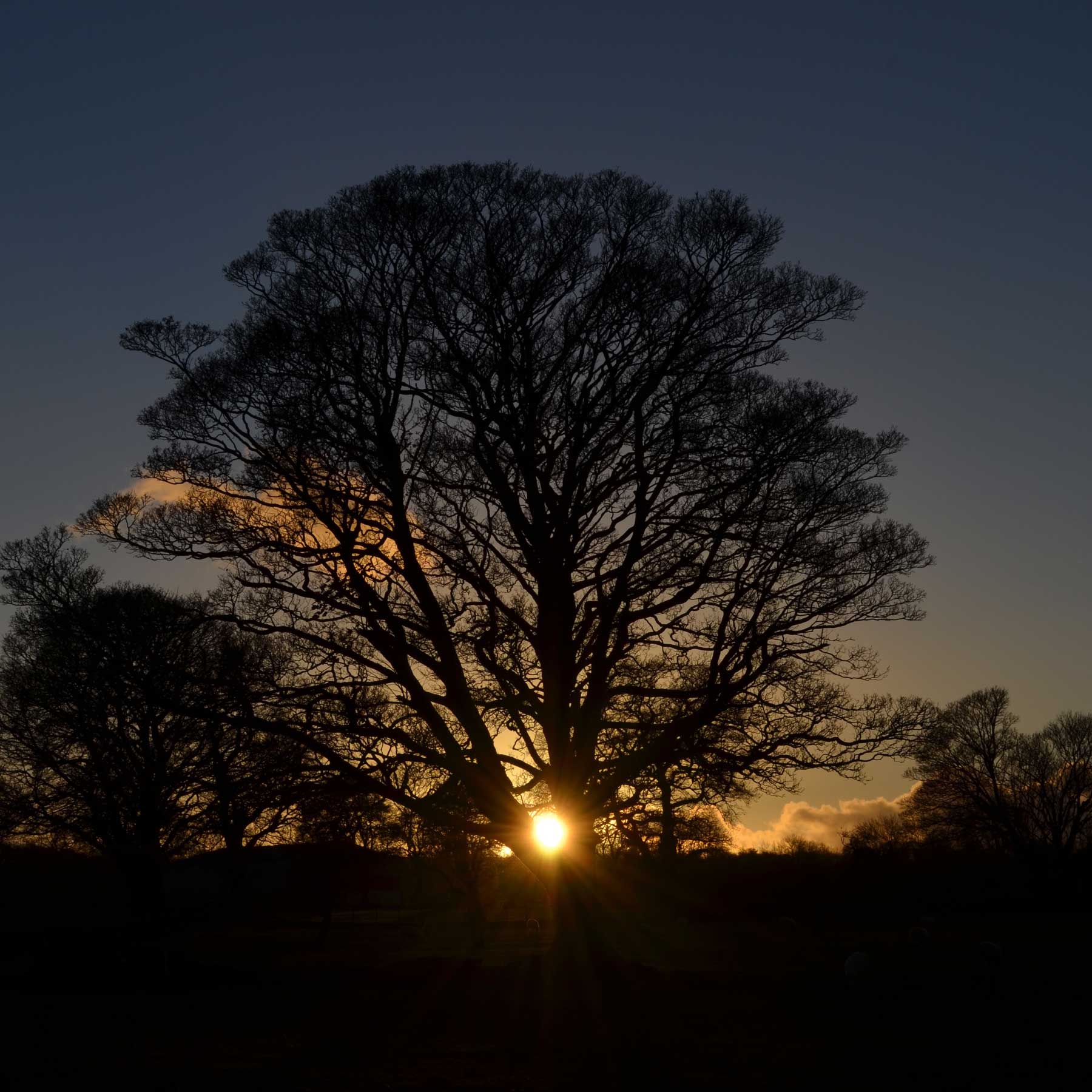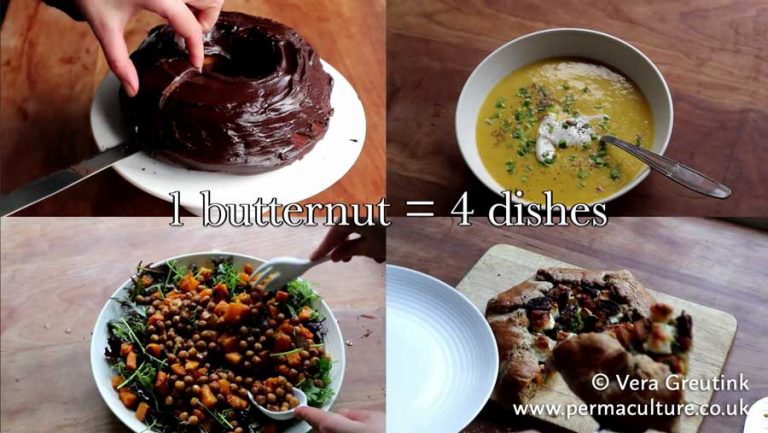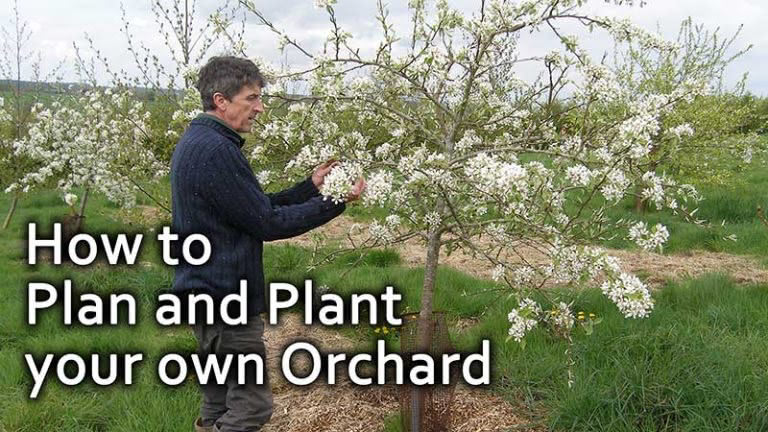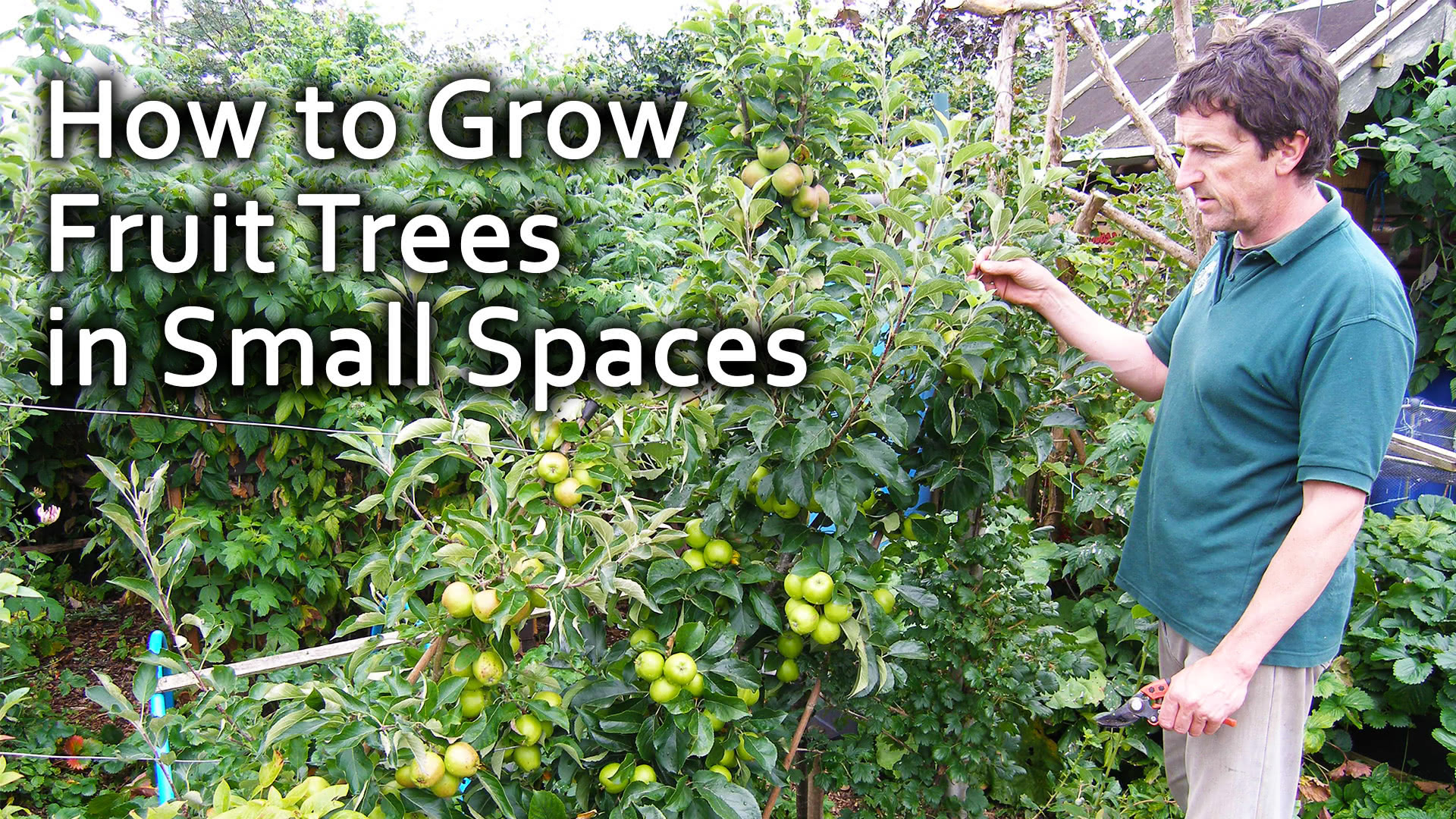Almost all fruit trees are grafted onto a rootstock. This means that the tree is actually two genetically distinct individuals, united by the skilful hand of the grafter. One of these is the rootstock, comprising the roots and the lower portion of the trunk; while the other, known as the scion, is all the rest of the plant: most of the trunk, branches, leaves and fruit. The scion is the fruiting variety, e.g. Cox, Bramley etc. and determines what the fruit is like. Meanwhile the rootstock determines certain characteristics of the tree as a whole:
One aim of permaculture is to keep the need for maintenance low, so it might seem that vigorous trees would be the thing. But there are some disadvantages to these big trees:
So the advantages of vigour and dwarfness need to be balanced and there are plenty of good stocks that fall in the middle of the size range that combine the advantages of both.
If you want to grow your tree or trees in a restricted form, i.e. the two-dimensional espalier or fan shapes that make such good use of the favourable microclimate up against a wall, you will need to use a relatively vigorous stock. The intensive pruning that goes with this style of growing reduces their vigour anyway. The same goes for fruit trees in pots or other containers: the pot will reduce the size of the root system, so a more vigorous stock is needed to balance this out.
If your soil is poor or your climate challenging, the standard advice is to use a more vigorous rootstock than you would if conditions were more favourable.

Apples
M26 is a good stock for medium to large gardens. It makes a tree of 2.5-4m diameter, depending on variety and soil conditions. It’s the smallest apple stock that doesn’t need staking and mulching throughout its life.
MM106 is ideal for orchards. Diameter is 4-6m and you should get your first fruit within two years of planting.
Pears
Quince A is the best all-round stock, giving a tree 3-7m in diameter. If you’re short of space you might try the smaller Quince C but only if you can provide the best soil conditions and good care.
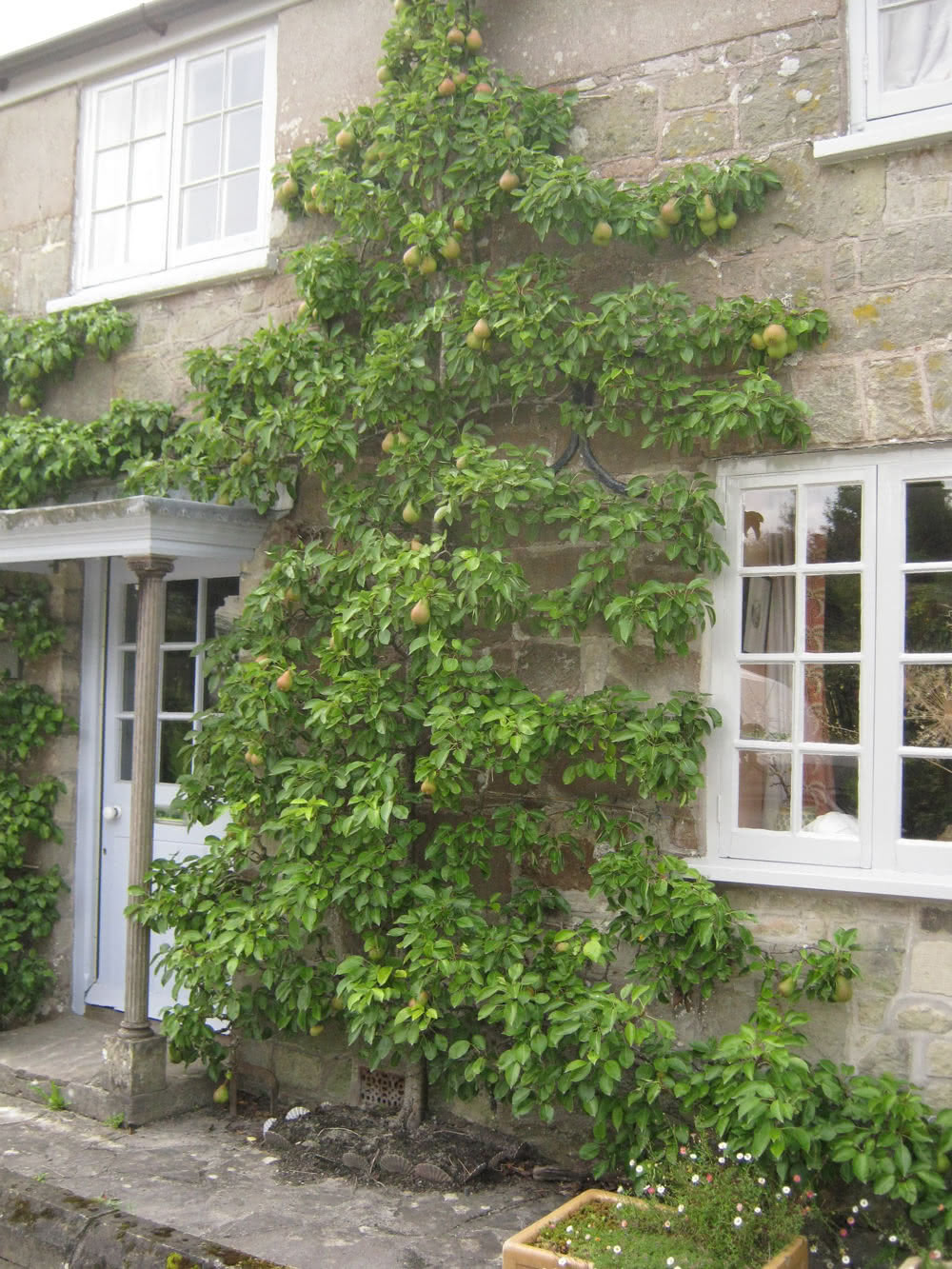
Plums
St Julien A, at about 3m diameter is the usual choice, with Pixy a slightly smaller alternative.
Cherries
The problem with cherries is that if you only have one or two trees, the birds will eat all the fruit, so you have to net them. It’s much easier to net a short tree than a tall one and the dwarfing stock for cherries is Gisela.
For more comprehensive information on rootstocks, and much more information about growing fruit, see Patrick’s book How to Make a Forest Garden.
How to Make a Forest Garden
by Patrick Whitefield
The Orchard Book
by Wade Muggleton
Planting Fruit Trees – Part 1 – Which Fruit?
Patrick was an early pioneer of permaculture and teacher for many years.
